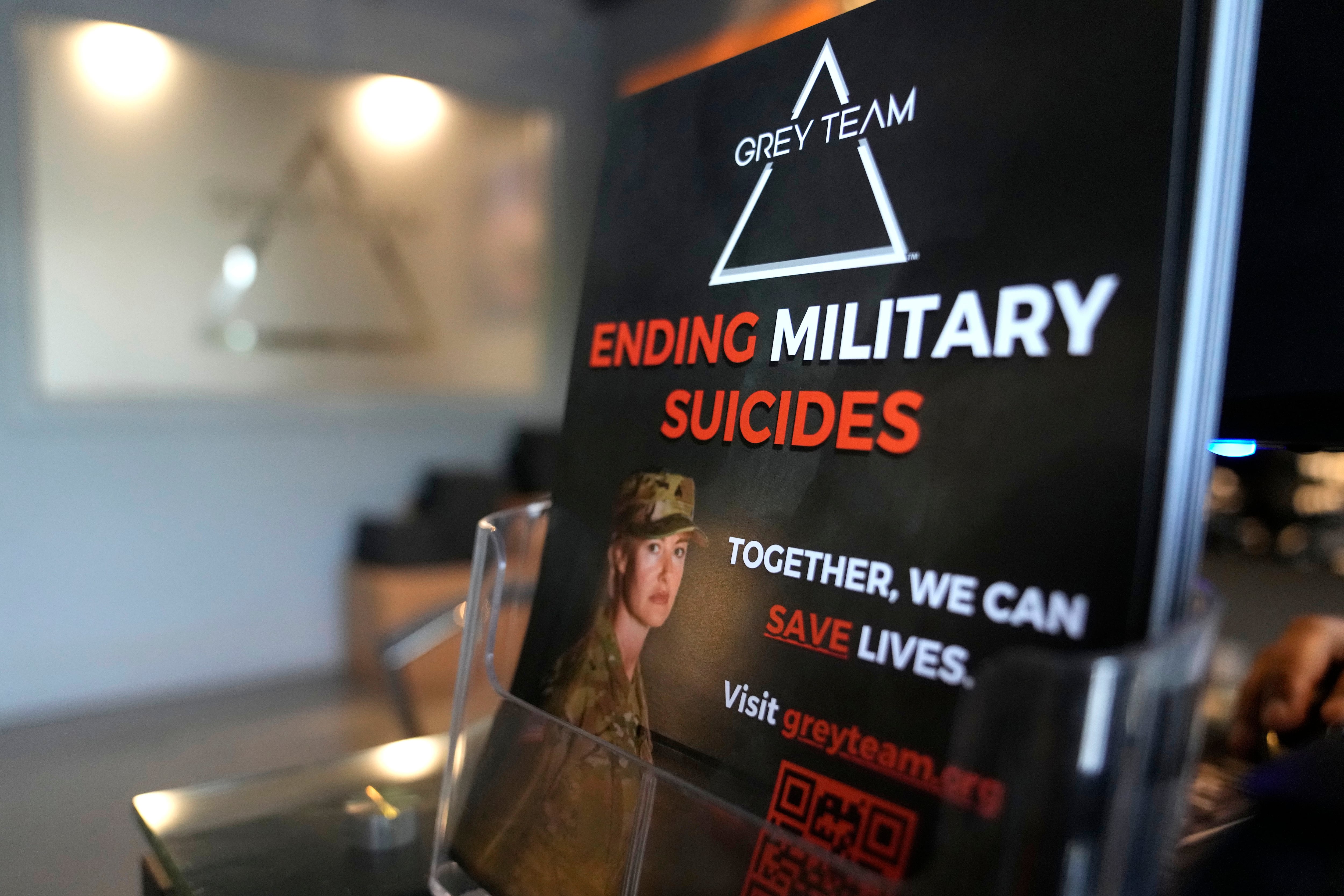Air Force Chief of Staff Gen. Dave Goldfein said the military and government are trying to lower tensions with Russia in the wake of the Navy's shooting down of a Syrian fighter jet.
"Our hope, of course, is that we return to a little better sense of normalcy, and we continue to keep the dialogue open," Goldfein said.
Goldfein said the effort to de-escalate tensions is being handled diplomatically at several levels. Secretary of State Rex Tillerson is "heavily engaged" in discussions with the Russians, he said, and Marine Gen. Joseph Dunford, chairman of the Joint Chiefs of Staff, regularly speaks to his Russian counterpart, Gen. Valery Gerasimov.
And, Goldfein said, the deconfliction line at the Combined Air Operations Center at Al Udeid Air Base in Qatar "remains open, and we remain in conversation with them."
The Air Force now has six wings consisting of 261 aircraft deployed to support the war against ISIS, Goldfein said. Those aircraft conduct roughly 115 combat missions against ISIS each day, he said, as well as additional missions to conduct command and control, refueling, personnel recovery, and other missions. In all, the Air Force alone accounts for about 70 percent of the air assets waging war against ISIS, he said.
Goldfein and Air Force Secretary Heather Wilson also said operations at Al Udeid remain unaffected by the breakdown in diplomatic relations between Qatar and other Middle Eastern nations such as Saudi Arabia and Egypt. Wilson and Goldfein said Tillerson is working on resolving the dispute between Qatar and the Gulf Cooperation Council nations, and Defense Secretary Jim Mattis is also involved.
"We are concerned, and we are staying closely plugged in," Goldfein said. "So far, there's been no impact on our operations, both on the base and for families that live off-base ... and right now, we're not projecting any."
Goldfein and Wilson also stressed that the Air Force is too small and needs to grow again after years of cuts. Since 1991, Goldfein said, the Air Force has shrunk from about 1 million total active, National Guard, Air Force Reserve and civilian personnel to about 660,000. And at that time, the Air Force had 134 fighter squadrons, 34 of which were deployed, but now the Air Force has 55 squadrons total.
"This is a much smaller force that's engaged in the same level of activity as we were in 1991," Goldfein said. "We didn't get here overnight. We will not recover overnight."
Goldfein told lawmakers the Air Force needs Congress to end sequestration's budget cuts and provide stable budgets so it can get back to a healthier state.
Wilson told lawmakers that Boeing believes it can deliver new KC-46A Pegasus tankers in December, a few months later than originally intended. However, Wilson said the Air Force thinks that is too ambitious, due to the test schedule for FAA airworthiness certification.
"That doesn't always go quite as quickly as perhaps they have on their schedule," Wilson said.
Wilson noted that the delays would not be due to production problems, so once the certification is done, the plane won't be held up anymore. She expects the Pegasus to be ready next spring, but said later this summer, the Air Force will have a better idea whether Boeing is on track with its testing.
Stephen Losey is the air warfare reporter for Defense News. He previously covered leadership and personnel issues at Air Force Times, and the Pentagon, special operations and air warfare at Military.com. He has traveled to the Middle East to cover U.S. Air Force operations.





